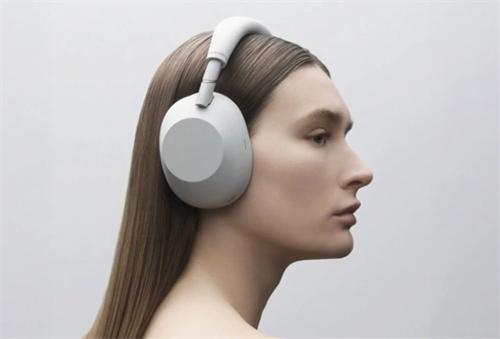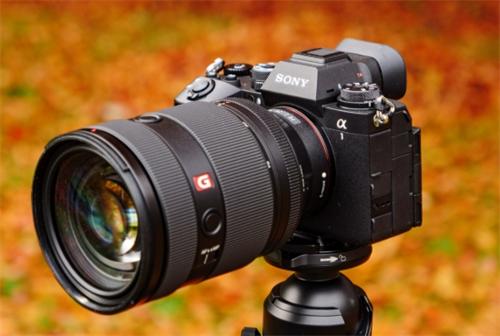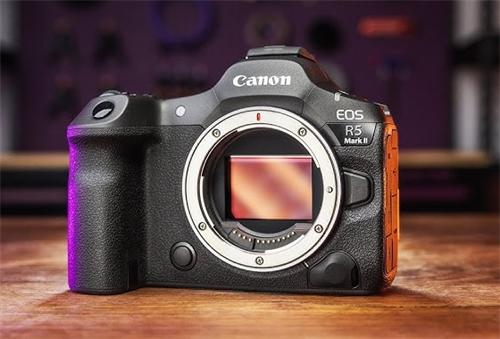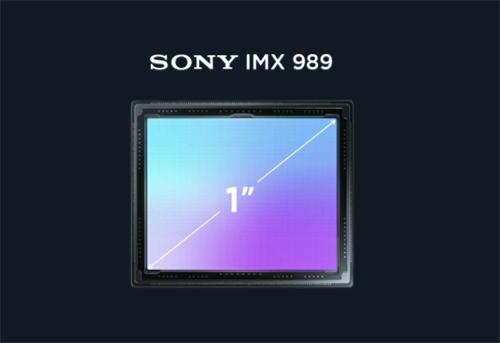Sony WH-1000XM6 Over-Ear Headphones: A New Benchmark in Sound and Noise Cancellation

As a flagship in the noise-canceling headphone space, Sony’s WH-1000X series has always captured the attention of audio enthusiasts with each new release. The newly launched WH-1000XM6 builds on the strengths of its predecessor, bringing several exciting upgrades—though not without some puzzling design choices.
One of the most notable improvements is enhanced portability. The new foldable hinge design allows the headphones to be stored more compactly, and the redesigned magnetic carrying case makes one-handed operation much easier. However, this seemingly thoughtful update also raises concerns: Sony doesn’t have the strongest track record when it comes to hinge durability. Could the added mechanical parts become a future point of failure?
In terms of comfort, the XM6 makes commendable strides. A wider headband helps distribute pressure more evenly across the top of the head, while detachable ear pads make cleaning and replacement more convenient. Weighing in at 254 grams, it’s average for its class and remains comfortable for long listening sessions. The button layout has also been refined, with a recessed circular power button clearly distinguished from the noise-canceling button, improving ease of use without looking.
Noise cancellation remains the XM6’s standout feature. With a new noise-canceling chip and a 12-microphone array, Sony claims ANC performance not only surpasses the previous model but leads the entire market. Real-world use backs this up: from airplane engines to the rumble of subways, ambient noise is impressively eliminated. That said, such powerful ANC might feel like overkill in quieter everyday settings.
On the sound quality front, the XM6 features new 30mm neodymium drivers and supports LDAC for high-resolution audio. Sony states that its in-house music studio has professionally tuned the headphones, resulting in the best sound the series has offered so far. However, when compared to Apple’s AirPods Max, the XM6 still falls slightly short in soundstage breadth and audio clarity. A noteworthy addition is the built-in 10-band EQ, giving users fine control over their audio preferences.
Battery life remains excellent. With ANC on, the XM6 delivers up to 30 hours of playback; with ANC off, that stretches to 40 hours. Fast charging is also supported—3 minutes of charging provides 3 hours of use. Oddly, the ability to listen while charging is still limited to the 3.5mm jack. The USB-C port remains charge-only—a questionable decision in an era where USB-C is the standard for everything.
The inclusion of spatial audio appears to keep pace with the industry trend, but the actual experience feels more like a marketing gimmick. Compared to Apple’s immersive implementation, Sony’s take is noticeably less effective—more of a checkbox feature than a compelling upgrade.
Perhaps the most perplexing aspect is the pricing. At $450, the XM6 is $20 more than its main competitor, the Bose QC Ultra. Despite its stellar noise-canceling performance, the all-plastic build doesn’t quite convey a premium feel, and this aggressive pricing may deter some potential buyers.
Overall, the WH-1000XM6 delivers meaningful improvements in noise cancelation, comfort, and portability, reaffirming Sony’s leadership in the noise-canceling headphone market. However, some counterintuitive design choices and a bold pricing strategy prevent it from being a flawless release. For users seeking the ultimate ANC experience, the XM6 remains one of the top options available—but those prioritizing value or audio finesse may want to hold off a bit longer.
Recommended for you:








